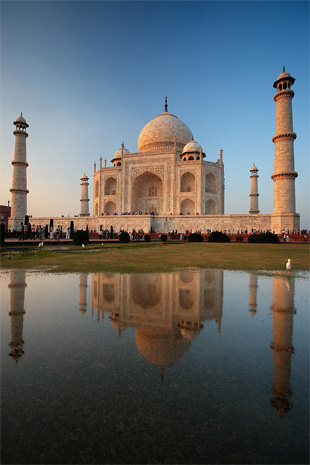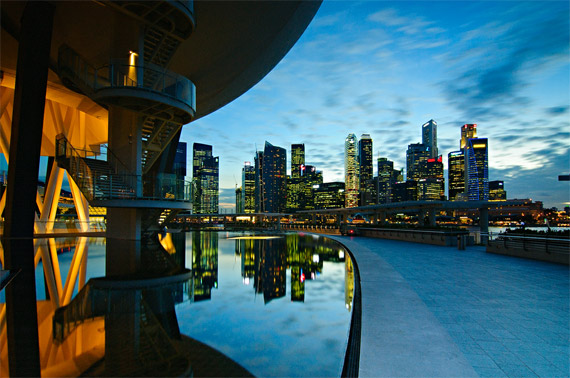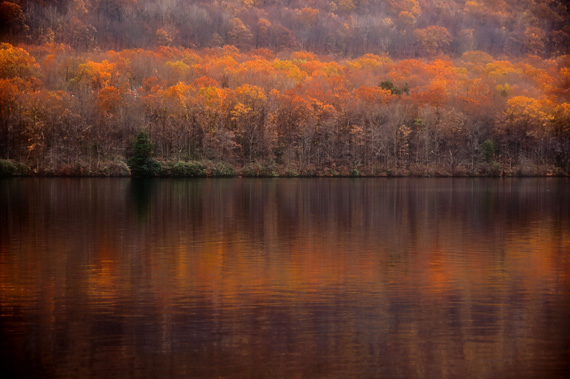There are many styles in photography, but it’s better to focus on one and make it your personal style. Photographing reflections is one style you can develop; reflections are mostly unnoticed by the average person, so you have a chance at being unique and showing the world something only you have seen.

“Tinted Tomb” captured by PictureSocial member DailyTravelPhotos
This article helps you discover the types of reflections, their features, how to notice them, and a common mistake photographers make.
Reflection photos have a whole lot more going on in the frame than other types of photos. They double the elements and colors, they are more dramatic, and they provide a balanced composition.
Common Types of Reflections
Natural reflections. These occur in nature such as waterscapes. An example is a cityscape reflected on a river or a group of birds reflected on a pond.
Architectural reflections. These occur on architectural surfaces. An example is an old building reflected on a modern glass building in front of it.
Surreal reflections. These are the hardest to notice since they require an artistic eye. An example is the Eiffel tower reflected in a puddle of water on a rainy day.
Abstract reflections. These show colors and lines without revealing what the reflected subject is. An example is a colorful building reflected on water, showing wavy lines and colors.
As a photographer whose goal is to develop a personal style, you must train your eye to notice reflections. For natural reflections, look in front of you at rivers. For architectural reflections look above, on building surfaces. For surreal reflections look at the ground to notice objects reflected in puddles of water.
You don’t need to spend a lot of money on professional equipment to photograph reflections, as they can be photographed with any mid-level camera and lens. You can even use a mobile phone.

“Marina Bay” captured by PictureSocial member Jet Rabe

“Autumn Fire” captured by PictureSocial member Deborah Wagner
At the time of taking the photo make sure you don’t cut off the reflection, since it’s a major element in the photo. Cutting it off unbalances the composition and confuses the eye, forcing it to imagine the cut off part. That is exactly like taking a photo of a model and cutting her feet off.
Reflection photos provide you with an opportunity to produce unique work, so get your camera ready and start hunting for them.
About the Author:
Thamer Al-Tassan is an award-winning photographer from Saudi Arabia specializing in architecture and reflections photography. You can view his work at https://www.thameraltassan.com/.
Like This Article?
Don't Miss The Next One!
Join over 100,000 photographers of all experience levels who receive our free photography tips and articles to stay current:






I conceive you have remarked some very interesting points , appreciate it for the post.
What a fabulous post this has been. I am grateful to you and expect more number of posts like these. Thank you very much.
I recently came across your article and I must say it caught my attention. I want to express my admiration of your photographic skills. I would like to see newer photographs and to share my thoughts with you.